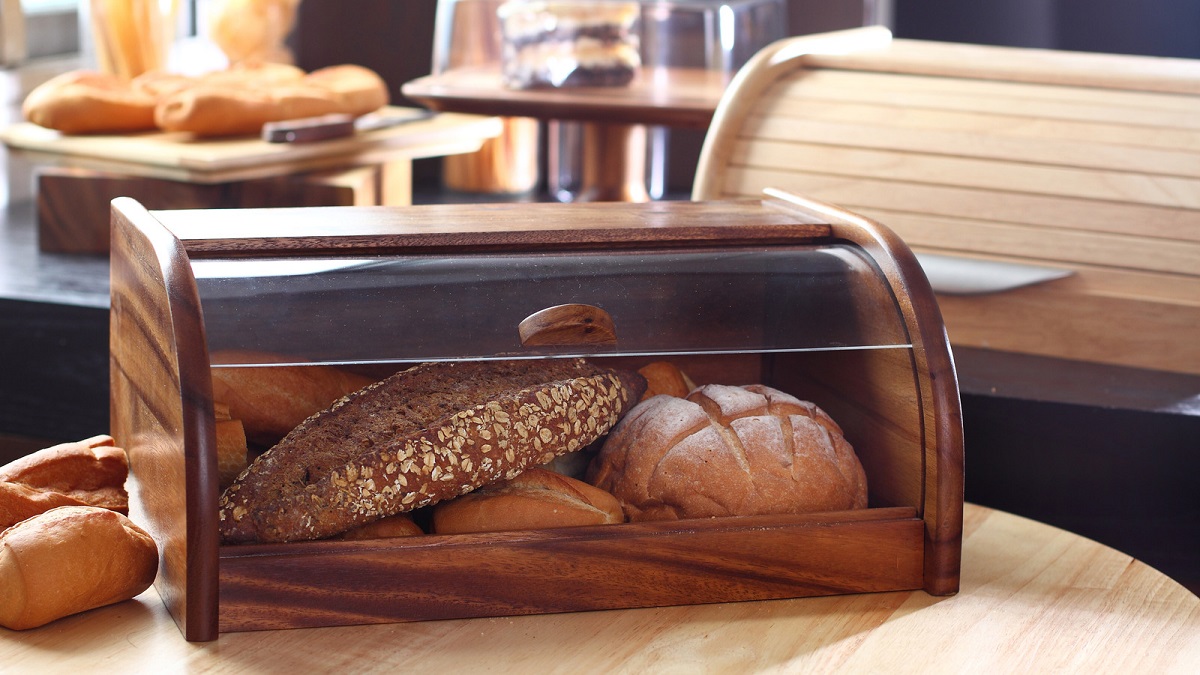

Articles
How To Store Homemade Bread For Freshness
Modified: August 28, 2024
Learn effective techniques for storing your homemade bread to keep it fresh and tasting delicious for longer. Discover the best tips and tricks in this informative articles.
(Many of the links in this article redirect to a specific reviewed product. Your purchase of these products through affiliate links helps to generate commission for Storables.com, at no extra cost. Learn more)
Introduction
Homemade bread is a delightful treat that brings warmth and comfort to any mealtime. Whether you’ve just mastered a new bread recipe or received a beautiful loaf as a gift, it’s important to know how to store homemade bread properly to keep it fresh and delicious for as long as possible.
Properly storing homemade bread is crucial because it helps maintain the bread’s texture, flavor, and aroma. If not stored correctly, bread can become dry, stale, or even moldy. With a few simple guidelines and techniques, you can ensure that your homemade bread stays fresh and enjoyable for an extended period.
When it comes to storing homemade bread, there are a few factors to consider, such as ambient temperature, humidity levels, and the potential for the growth of mold. The ideal storage method depends on the specific type of bread and the desired lifespan.
In this article, we will explore the general guidelines for storing homemade bread and provide specific instructions for storing it at room temperature, in the refrigerator, and in the freezer. Additionally, we will share some valuable tips for maintaining the freshness of your homemade bread, allowing you to savor each delicious slice.
Key Takeaways:
- Properly storing homemade bread is crucial to maintain its freshness, flavor, and texture, ensuring that your hard work doesn’t go to waste and allowing you to enjoy your delicious creations for an extended period.
- Experimenting with different storage methods and following specific guidelines can make a significant difference in maintaining the quality of your homemade bread, ensuring a delightful eating experience.
Read more: How To Store Homemade Sourdough Bread
Why is Proper Storage Important for Homemade Bread?
Proper storage is essential for homemade bread because it helps to preserve its freshness, flavor, and texture. When bread is exposed to air and moisture, it undergoes a process known as staling. Staling is the gradual loss of moisture within the bread, which leads to a dry, stiff, and unappetizing texture.
Furthermore, improper storage can also accelerate the growth of mold, which not only affects the taste and quality of the bread but can also pose health risks. Mold can easily develop on bread that is not stored correctly, especially in warm and humid conditions.
By storing your homemade bread properly, you can prolong its shelf life and enjoy it at its best for as long as possible. Additionally, proper storage helps to maintain the bread’s flavors and aromas, ensuring that each slice is as delicious as the first.
Another reason why proper storage is crucial is to reduce food waste. Homemade bread is often a labor of love, requiring time, effort, and quality ingredients. By following the right storage methods, you can avoid wasting any leftover bread and make the most out of your baking endeavors.
The type of bread also plays a role in determining the appropriate storage method. Different bread varieties have different moisture levels and ingredients, which can impact how they should be stored. Some bread, like crusty artisan loaves, can become stale quickly, while others, like enriched bread with added fats or sugars, can spoil faster if not stored properly.
Overall, proper storage is essential to maintain the taste, texture, and freshness of homemade bread. It ensures that your hard work doesn’t go to waste and allows you to enjoy your delicious creations for an extended period.
General Guidelines for Storing Homemade Bread
When it comes to storing homemade bread, there are some general guidelines that apply regardless of the specific storage method. These guidelines will help you maintain the quality and freshness of your bread. Here are some tips to keep in mind:
- Cool the bread completely: Before storing homemade bread, it’s important to let it cool completely. This allows any residual heat to dissipate and prevents condensation from forming inside the storage container, which can lead to a damp texture or mold growth.
- Avoid cutting the bread too soon: While it may be tempting to slice into your freshly baked bread, refrain from doing so until you’re ready to consume it. Slicing the bread exposes more surface area, allowing moisture to escape and making it go stale faster.
- Use airtight containers: To keep your bread fresh and prevent moisture loss, store it in an airtight container. This could be a food-safe plastic bag, a resealable freezer bag, or airtight storage containers specifically designed for bread.
- Avoid direct sunlight: Bread is sensitive to light and heat, so store it in a cool, dark place away from direct sunlight. Sunlight can speed up the staling process and affect the taste and texture of the bread.
- Avoid storing near strong odors: Bread easily absorbs odors, so keep it away from strong-smelling foods or substances. This will prevent your bread from acquiring unwanted flavors or aromas.
- Do not refrigerate bread immediately: While refrigeration is an option for prolonging bread’s shelf life, it’s not always ideal. Cold temperatures can accelerate staling and make the bread go stale faster. Only refrigerate bread if you know you won’t be able to consume it within a couple of days.
- Label and date: If you’re storing multiple loaves or slices of bread, make sure to label and date each container or bag. This will help you keep track of freshness and avoid confusion when retrieving bread from storage.
Remember, these are general guidelines, and the specific storage method may vary depending on the type of bread and your preferences. In the following sections, we’ll explore the different storage methods available for homemade bread: room temperature, refrigerator, and freezer storage.
Storing Homemade Bread at Room Temperature
Storing homemade bread at room temperature is a popular choice, especially if you plan to consume it within a few days. Here are some steps to ensure your bread stays fresh at room temperature:
- Wrap it properly: After the bread has cooled completely, wrap it in a clean kitchen towel or place it in a paper bag. This will help protect the bread from drying out while still allowing it to breathe.
- Keep it in a dry area: Find a cool and dry spot in your kitchen or pantry to store the bread. Avoid placing it near the stove, dishwasher, or any other heat source, as it can affect the texture and freshness of the bread.
- Check for freshness: Regularly check the bread for any signs of mold or staleness. If you notice any, discard the affected portion immediately. Homemade bread generally stays fresh at room temperature for 2-3 days, but this can vary depending on the recipe and ingredients used.
It’s important to note that storing bread at room temperature is suitable for short-term storage. If you anticipate not being able to consume the bread within a couple of days or if your environment is particularly warm and humid, it’s best to consider an alternative storage method to maintain its freshness.
Store homemade bread in a paper bag or bread box at room temperature for up to 2-3 days. For longer storage, wrap the bread in plastic wrap and then place it in an airtight container in the freezer for up to 3 months.
Storing Homemade Bread in the Refrigerator
Refrigeration can help extend the shelf life of homemade bread, but it’s important to note that it can also impact the texture. Here’s how to properly store homemade bread in the refrigerator:
- Cool the bread first: Allow the bread to cool completely before refrigerating it. This will prevent condensation from forming on the bread, which can lead to a soggy texture.
- Wrap it well: Wrap the bread tightly in plastic wrap or foil to protect it from drying out in the refrigerator. Make sure the entire loaf is covered to retain moisture.
- Use a resealable bag: If you prefer to use a bag instead of plastic wrap or foil, choose a food-safe resealable bag. Squeeze out any excess air before sealing it to create a more airtight environment.
- Keep it separate: Store the wrapped or bagged bread away from other strongly scented foods in the refrigerator. Bread easily absorbs odors, and you don’t want it to take on any unwanted flavors.
- Be aware of texture changes: Refrigeration can cause homemade bread to become dry and stale faster than at room temperature. It’s recommended to consume refrigerated bread within 2-3 days for the best taste and texture.
Refrigerating bread is a good option if you need to store it for a longer period. However, keep in mind that the texture may change, and the bread might become less enjoyable compared to when it was freshly baked. If you plan to consume the bread within a few days, storing it at room temperature is generally a better choice.
Read more: How To Store Homemade Pretzels
Storing Homemade Bread in the Freezer
If you want to store homemade bread for an extended period, freezing is an excellent option. Freezing bread can help maintain its taste and texture when properly stored. Here’s how to store homemade bread in the freezer:
- Cool and slice the bread: Allow the bread to cool completely before slicing it. Slicing the bread before freezing makes it easier to retrieve individual slices as needed.
- Wrap it well: Wrap each slice or the entire loaf tightly in plastic wrap or aluminum foil. For added protection against freezer burn, place the wrapped bread in a resealable freezer bag.
- Label and date: Use a marker to label the wrapped bread with the date of freezing. This will help you keep track of freshness and ensure you consume the oldest bread first.
- Place in the freezer: Put the wrapped bread in the freezer, preferably on a flat surface to maintain its shape. Make sure the bread is not squished or squeezed by other freezer items.
- Thawing frozen bread: When you’re ready to enjoy the bread, remove the desired number of slices from the freezer and let them thaw at room temperature. You can also toast the frozen slices directly without thawing.
Frozen homemade bread can typically last for up to 3 months in the freezer if properly stored. However, for the best flavor and texture, try to consume it within the first month.
It’s important to note that freezing can slightly affect the texture of the bread, making it a bit denser. However, the taste and quality should remain intact. If you plan to freeze an entire loaf, consider slicing it before freezing so you can easily thaw and consume only the slices you need, rather than having to thaw the entire loaf at once.
Freezing homemade bread is a convenient option when you have excess bread or want to stock up for future use. It allows you to enjoy your homemade bread for an extended period while minimizing waste.
Tips for Maintaining Freshness of Homemade Bread
Keeping your homemade bread fresh for as long as possible requires proper storage and a few additional tips to maximize its shelf life. Here are some helpful tips to maintain the freshness of your homemade bread:
- Slice as needed: If you’re not planning to consume the entire loaf at once, only slice the bread as needed. Leaving the rest of the loaf intact helps preserve its freshness.
- Reheat before serving: If your bread starts to feel slightly stale, you can revive it by reheating it in the oven. Preheat the oven to a low temperature, such as 300°F (150°C), and warm the bread for a few minutes until it regains its freshness.
- Store individual slices: If you often find yourself using only a few slices at a time, consider storing individual slices in separate resealable bags or wrap them individually. This way, you can easily grab as many slices as you need without exposing the rest of the loaf to air and moisture.
- Use a bread box: Using a bread box can help regulate the moisture levels around the bread, keeping it fresher for longer. Choose a breathable bread box made of wood or ceramic that allows air circulation while shielding the bread from direct sunlight.
- Avoid refrigeration if possible: While refrigeration can extend the shelf life of bread, it can also make it lose its freshness faster. If you plan to consume the bread within a few days, storing it at room temperature is generally the better option.
- Try bread storage bags: Bread storage bags are specially designed to help extend the life of bread. These bags have a breathable fabric that allows excess moisture to escape while preventing the bread from drying out.
- Keep it whole: Unless you’re ready to consume it, it’s best to keep the loaf intact rather than slicing it in advance. This minimizes surface area exposure and helps retain moisture and freshness.
Remember that the specific freshness of your homemade bread can vary based on the ingredients used and the environment in which it is stored. The tips mentioned above should help you maximize its freshness and enjoy the delicious taste of your homemade bread for a longer period.
Experimenting with different storage methods and finding what works best for your specific bread recipe can make a significant difference in maintaining its quality and ensuring a delightful eating experience.
Conclusion
Properly storing homemade bread is essential for maintaining its freshness, flavor, and texture. By following the guidelines outlined in this article, you can ensure that your homemade bread stays delicious for as long as possible.
Whether you choose to store your bread at room temperature, in the refrigerator, or in the freezer, each method has its advantages and considerations. Storing bread at room temperature is ideal for short-term storage, while refrigeration and freezing are suitable for longer periods.
Remember to cool the bread completely before storing it and use appropriate wrapping or containers to protect it from moisture loss or excessive moisture absorption. Labeling and dating the bread will help you keep track of its freshness, while avoiding direct sunlight and strong odors will maintain its taste and aroma.
Additionally, implementing tips like slicing as needed, reheating before serving, and individual slice storage can further enhance the freshness of your homemade bread. Consider using a bread box or specialized bread storage bags to regulate moisture levels and extend the shelf life.
By understanding the importance of proper storage and following these guidelines and tips, you can enjoy each slice of your homemade bread at its best—soft, flavorful, and full of homemade goodness.
So, the next time you bake a loaf of homemade bread, remember to store it correctly and savor the freshness and satisfaction that comes with each bite.
Frequently Asked Questions about How To Store Homemade Bread For Freshness
Was this page helpful?
At Storables.com, we guarantee accurate and reliable information. Our content, validated by Expert Board Contributors, is crafted following stringent Editorial Policies. We're committed to providing you with well-researched, expert-backed insights for all your informational needs.
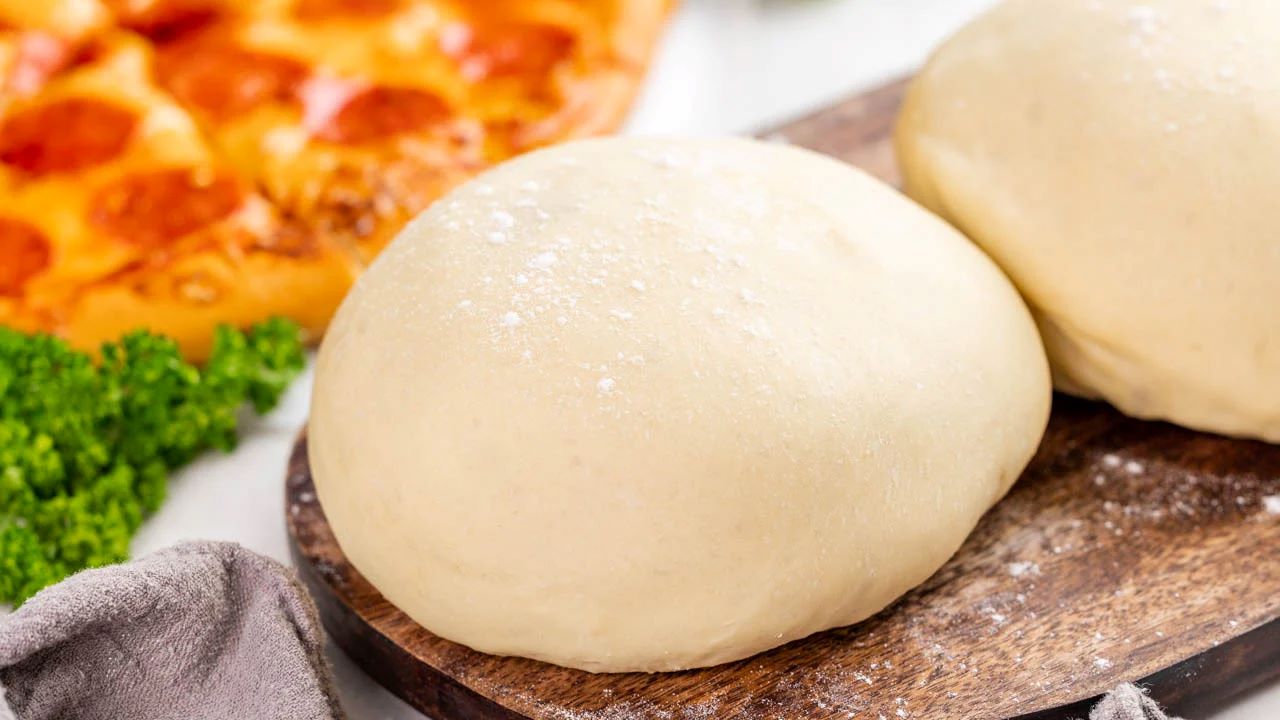



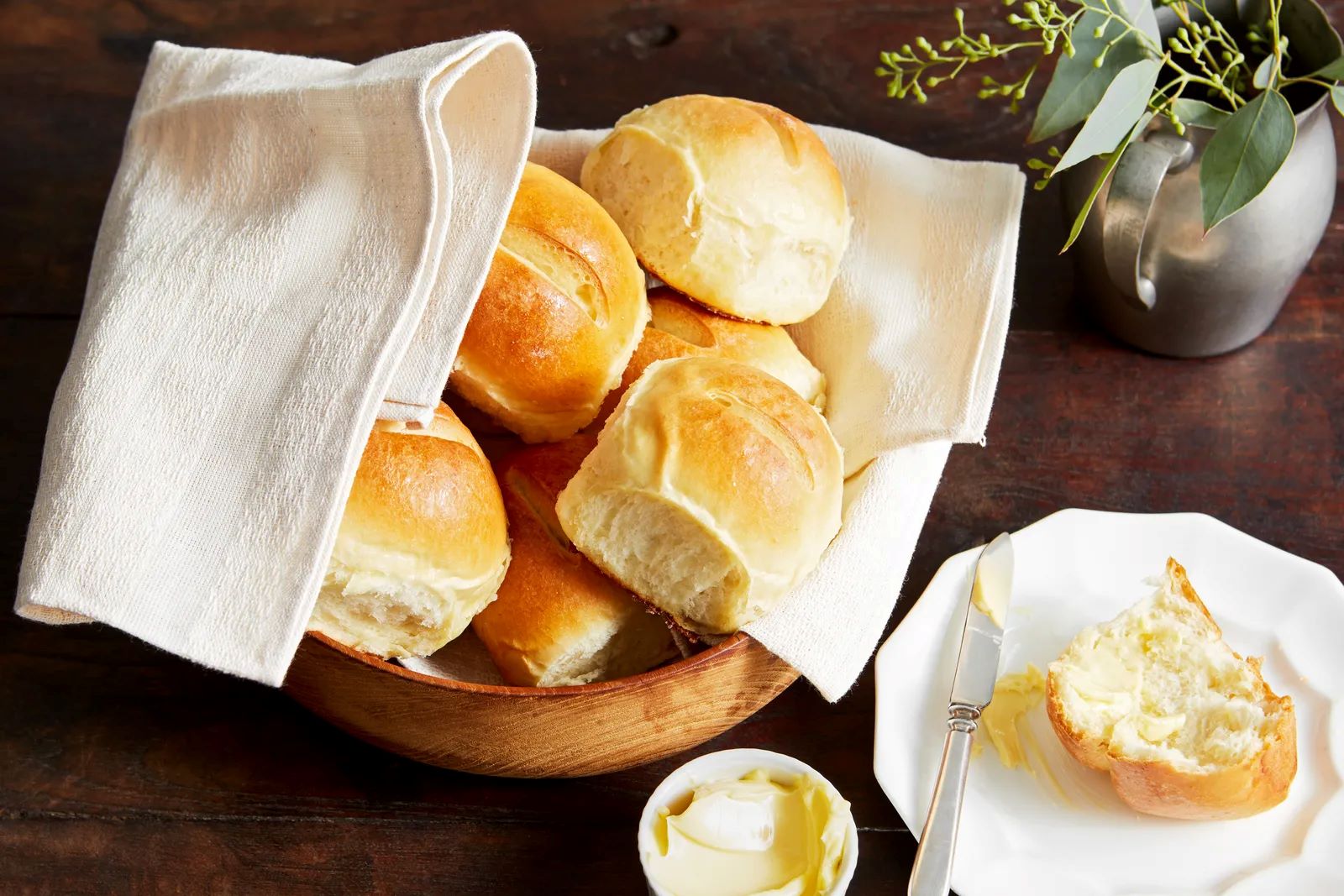


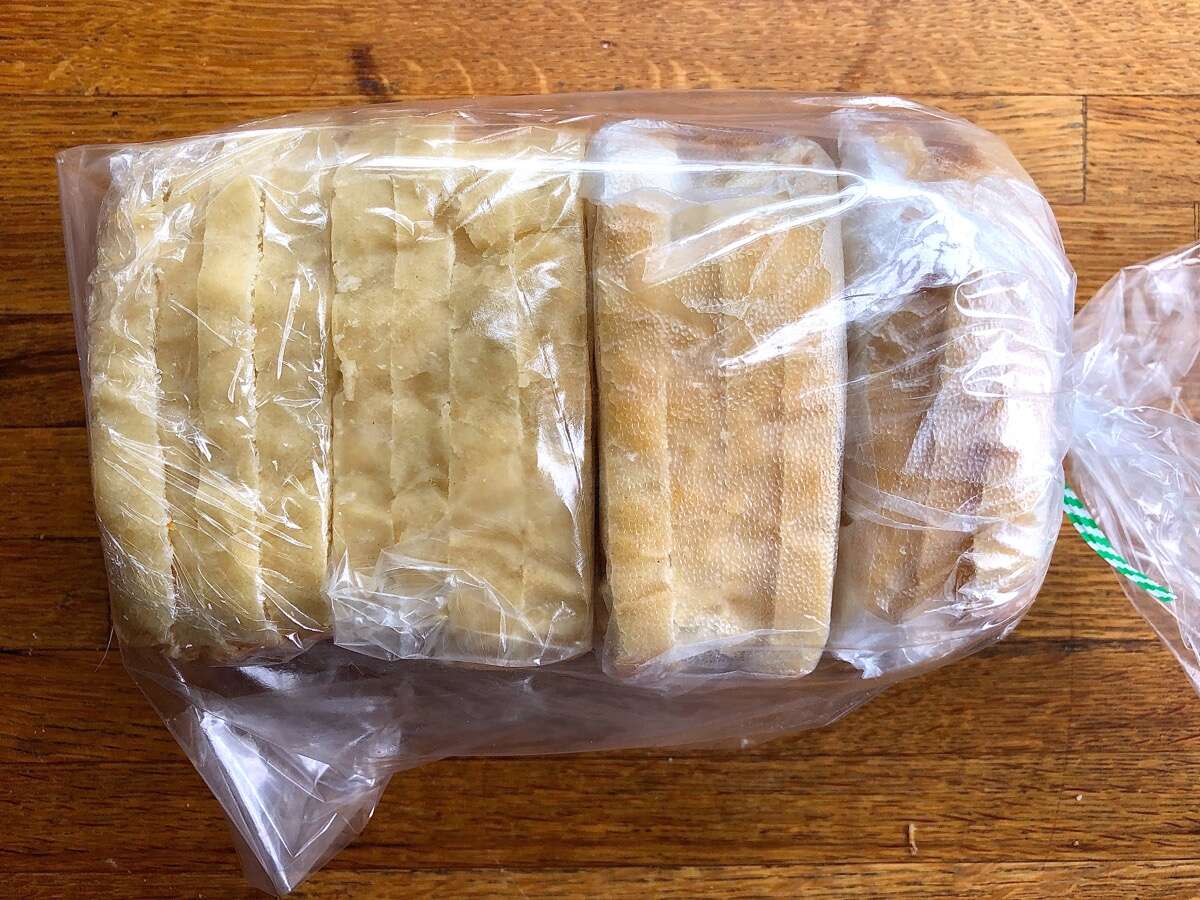

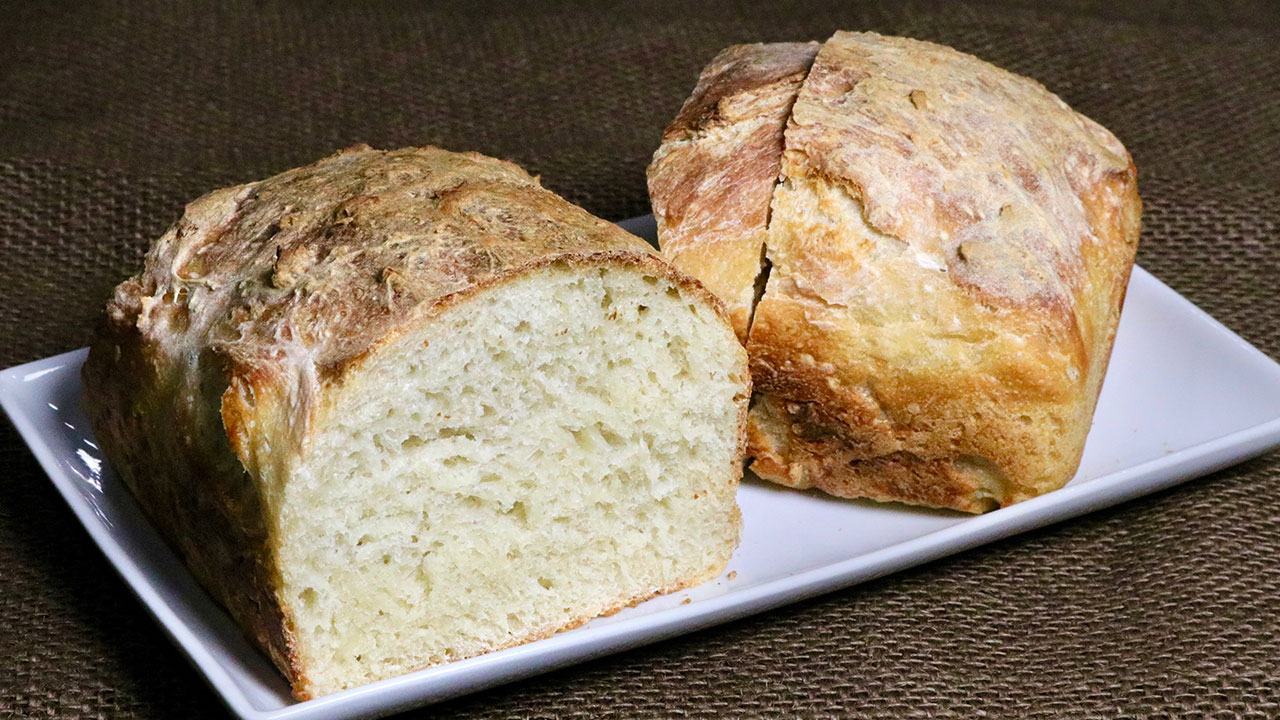
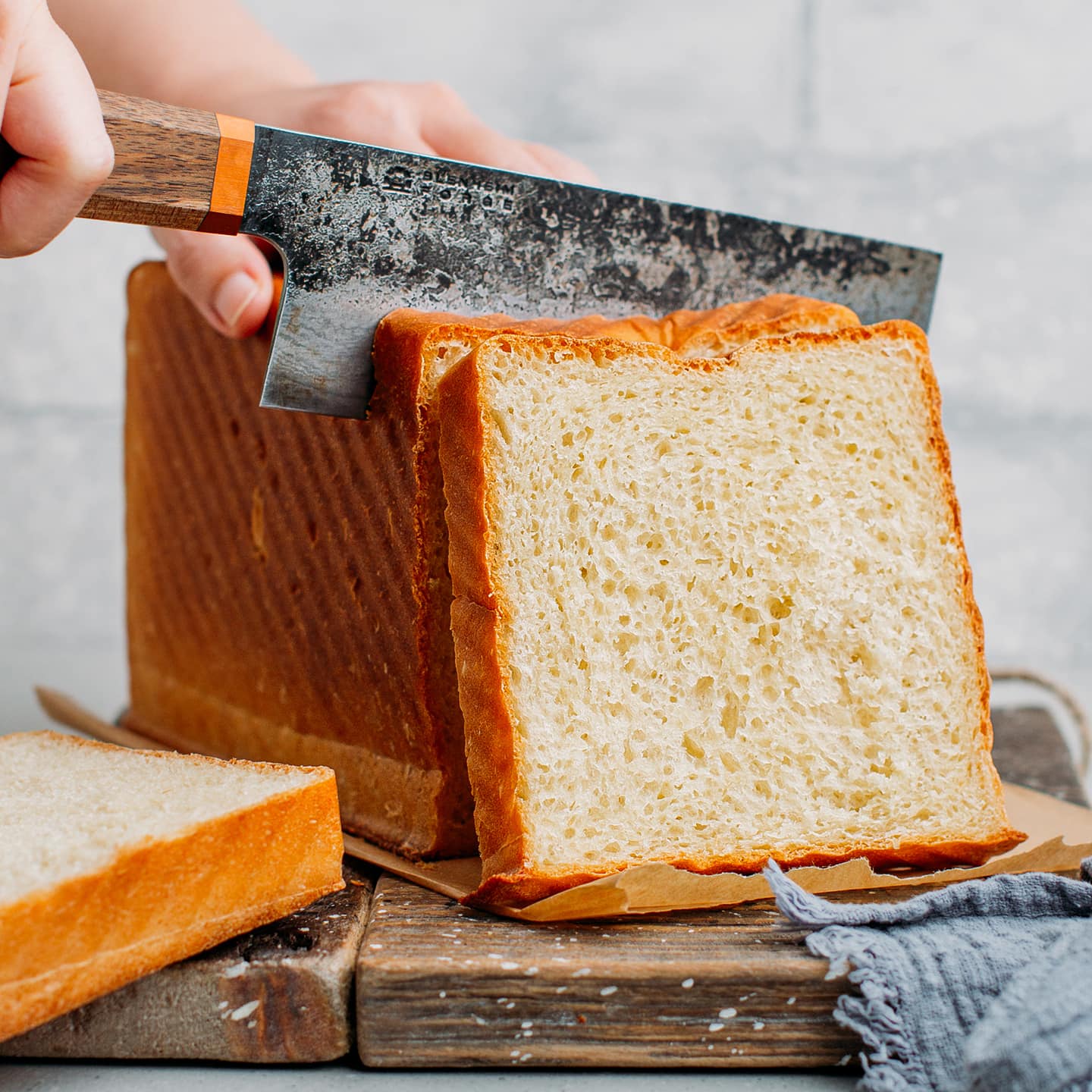

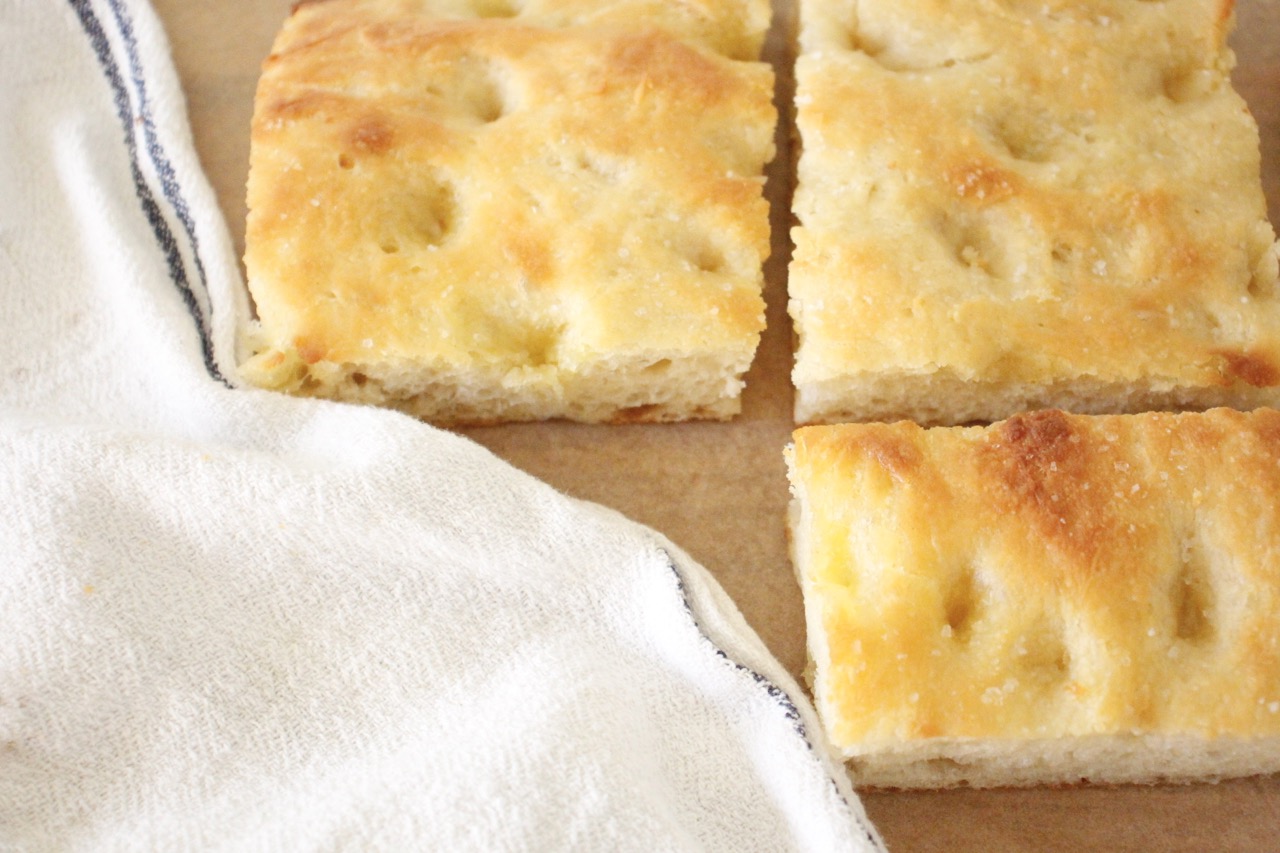


0 thoughts on “How To Store Homemade Bread For Freshness”